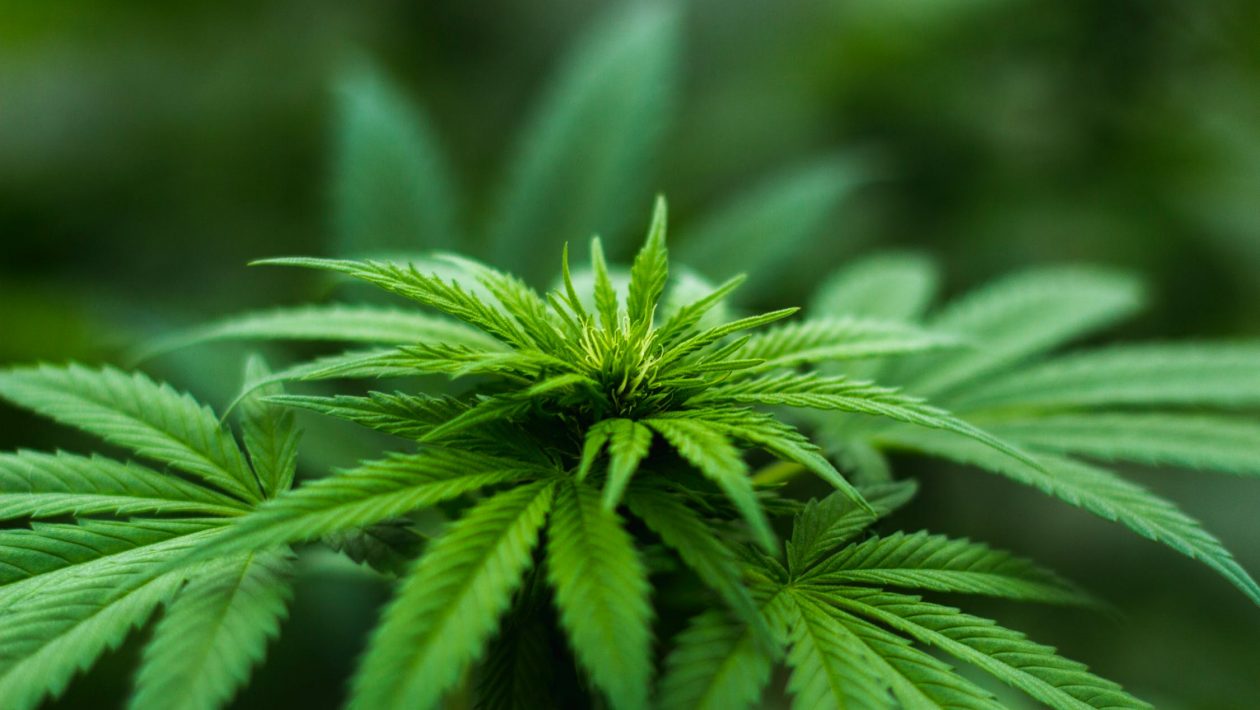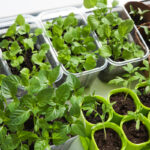Hemp is often synonymous with marijuana, but the two plant species are actually quite different. After all, it’s rare that you’ll see fragrant soaps and clothing made from marijuana; however, you’ll find many affordable hemp options on store shelves. This is true among states that haven’t legalized marijuana.
There is plenty of misinformation about hemp and marijuana. Let’s settle the differences between the two.
Hemp and marijuana: the similarities
Hemp is often confused with marijuana because both plants are in the cannabis family. However, hemp is an entirely different species of plant from marijuana.
Under the cannabis umbrella, there are two types of plant classifications: indica and sativa. Marijuana can fit under both categories, but hemp is only a member of the sativa family. Among those marijuana plants that fit under the sativa label, it can be easy to confuse the two if you don’t know the difference. After all, both plants contain a number of cannabinoids, though each plant has them in varying levels, which produces different effects when consumed or used. But because of the confusion surrounding the two as cannabis plants, hemp was banned for more than 80 years.
Hemp and marijuana: the differences
The two plants are often confused, but hemp actually contains little THC, the component in marijuana that gets you high. While marijuana contains THC levels of up to 40 percent, hemp only contains 0.3 percent, a fraction of the amount found in marijuana. As such, hemp is not grown to be consumed for recreational activity. Rather, this plant offers abundant opportunities for a variety of industrial uses.
Let’s start with the basic structure of hemp and marijuana. While the image of the pot leaf has infiltrated nearly every smoke shop on the market, hemp plants actually have much thinner, longer leaves than its shorter, blunter counterpart. It’s also much easier to grow than marijuana, which must be cultivated in a carefully controlled environment.
Unlike marijuana, hemp plants have also become legalized for cultivation across the United States under the Farm Bill Act.
While marijuana is often smoked, ingested, or vaped to achieve a “high,” hemp has a variety of applications.
What is hemp used for?
Hemp is used by countless people and industries for a variety of reasons. When the plant is cultivated, its fibers can be used in clothing production, paper, and even construction. The plant can also be used as a biofuel to help certain industrial applications.
Among the best features of this plant is its numerous health benefits. When its seeds are turned into hemp oil, it can be used as a food additive because it’s rich with omegas, vitamins, and other nutrients. Because hemp oil is derived from the seeds, few cannabinoids are found in the final product.
When it is sold as hemp extract or CBD oil, the cannabinoids make it a versatile medicinal product. They contain natural anti-inflammatory properties and pain relieving properties, and produce a calming effect among some users. While you might not need a Benjamin Danklin to get the final product, you can buy hemp extract and CBD oils at many smoke shops where marijuana is legal.
All in all, hemp is a versatile plant that is not as strictly regulated in the United States as its counterpart, marijuana. This is primarily because the plant doesn’t produce a “high” effect because of its limited supplies of THC. If you want to learn more about the benefits and uses of hemp, rely on your local smoke shop for more information











